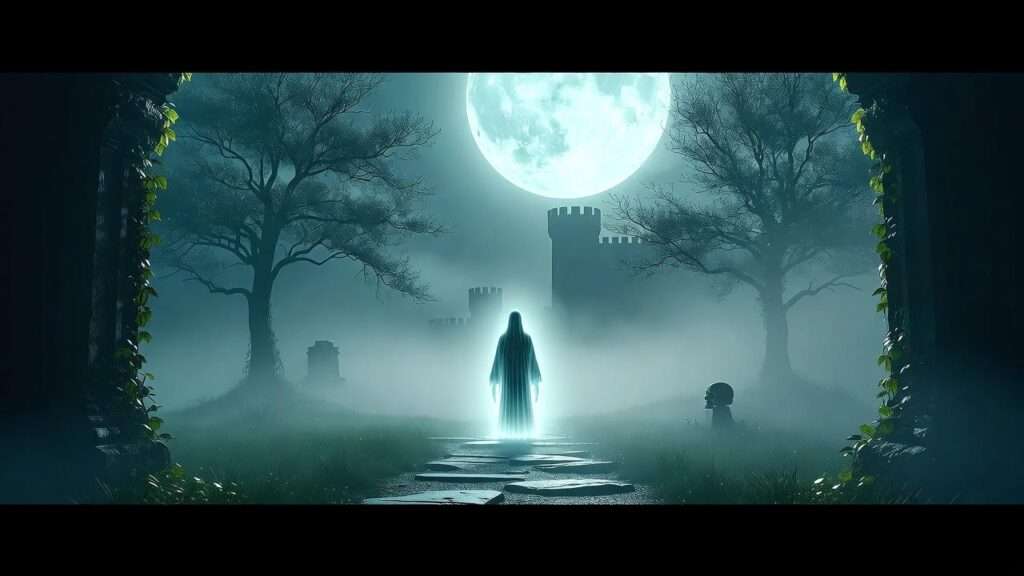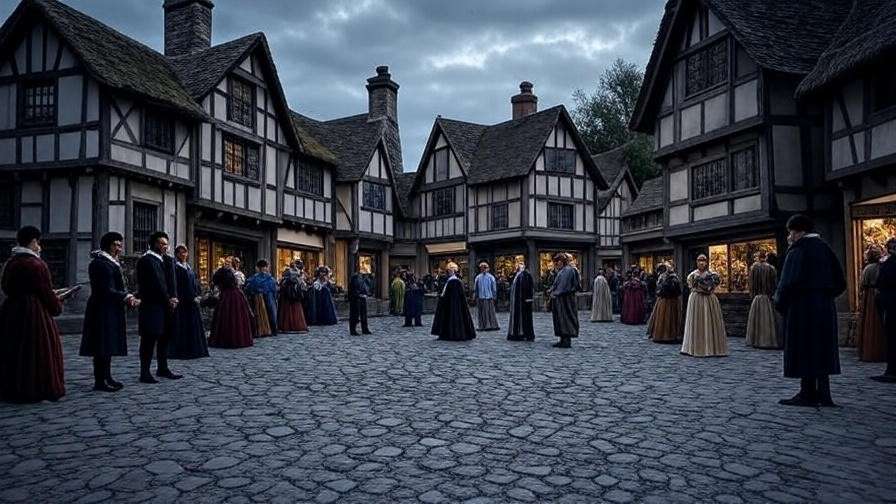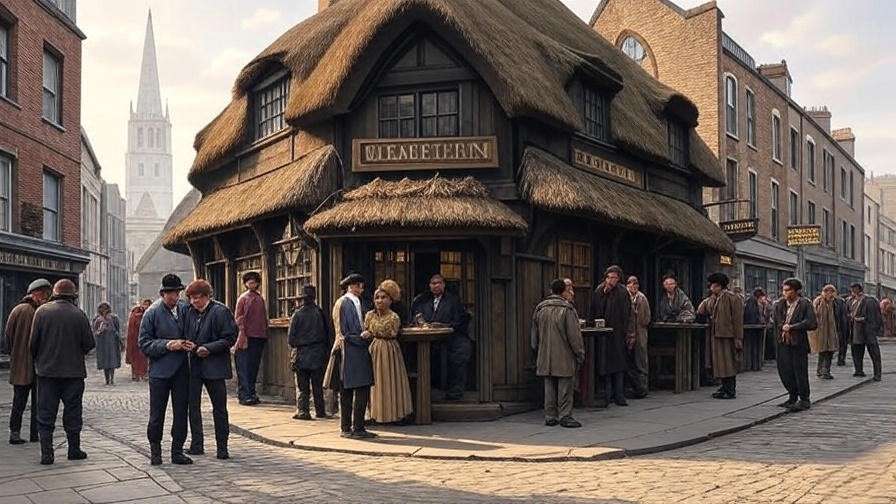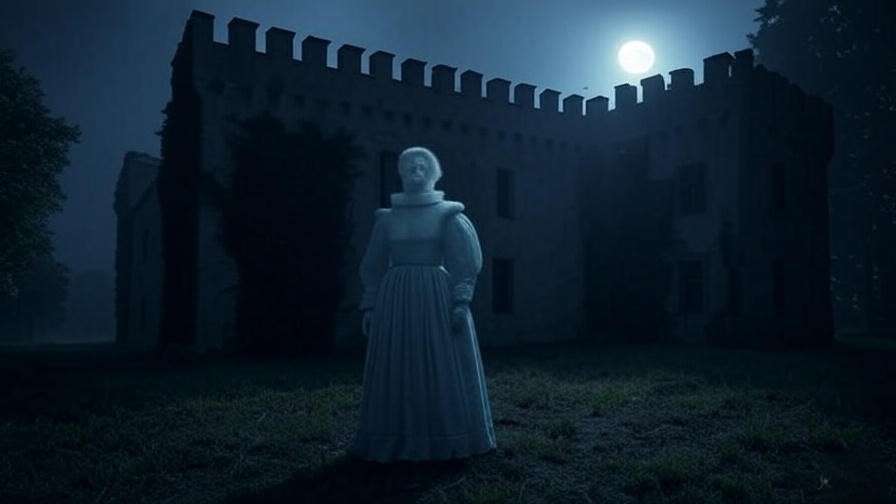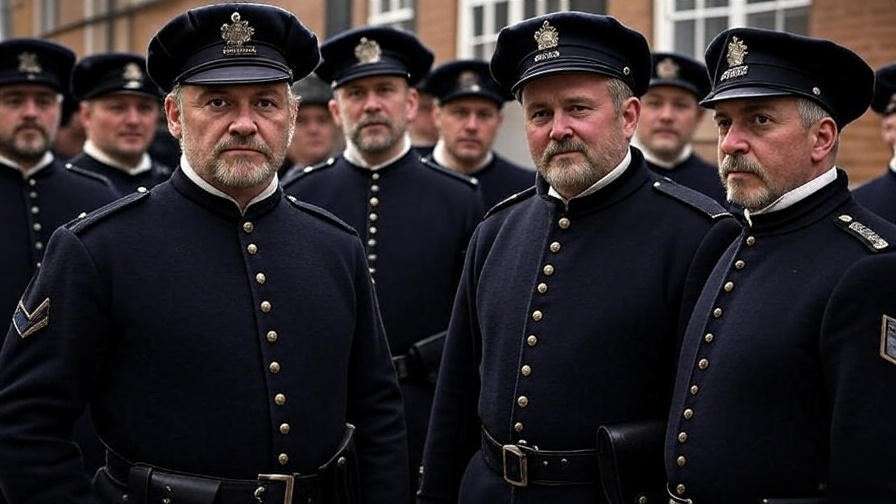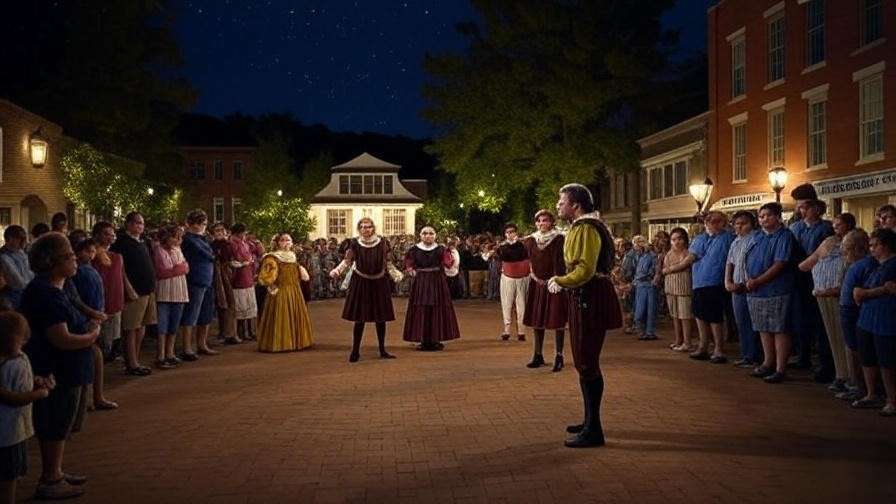Imagine standing on the misty, moonlit grounds of Elsinore Castle, where shadows dance and whispers of betrayal linger in the air. This is Hamlet Park, the evocative, often-overlooked setting in Shakespeare’s Hamlet that shapes the play’s haunting atmosphere. For enthusiasts, students, and theatergoers searching for deeper insights into Hamlet, understanding the park’s role unlocks a richer appreciation of the tragedy’s themes. Why does this enigmatic space matter? As a Shakespeare scholar with years of studying Elizabethan literature, I’ll guide you through the symbolic and narrative significance of Hamlet Park, drawing on authoritative sources like the Folger Shakespeare Library and Oxford editions. This article offers fresh perspectives on how this setting amplifies Hamlet’s exploration of mortality, isolation, and moral decay, making it essential reading for anyone eager to unravel Shakespeare’s masterpiece.
What Is “Hamlet Park”? Defining the Setting
The Physical Setting of Elsinore’s Grounds
In Hamlet, the term “park” isn’t explicitly used, but the outdoor spaces surrounding Elsinore Castle—where pivotal scenes unfold—evoke a park-like atmosphere. These grounds, implied through stage directions and dialogue, serve as a backdrop for the Ghost’s chilling appearances in Act 1. Picture a sprawling, aristocratic estate: a controlled landscape of trees, pathways, and open fields, shrouded in Denmark’s cold, eerie night. Elizabethan audiences, familiar with such settings, would have imagined these grounds as extensions of the castle’s power, yet vulnerable to supernatural intrusion. For modern readers, envisioning Hamlet Park helps ground the play’s abstract themes in a tangible space, making the story more immersive.
Historical Context of “Park” in Shakespeare’s Time
In Elizabethan England, a “park” was not a public recreational space but a private, landscaped area tied to nobility, often used for hunting or leisurely strolls. According to historian John Manwood’s Treatise on the Laws of the Forest (1598), parks were meticulously designed to reflect wealth and control over nature. In Hamlet, the park-like grounds of Elsinore mirror this concept, drawing inspiration from Kronborg Castle in Denmark, the real-life model for Shakespeare’s setting. This historical context enriches our understanding of the park as a place of both beauty and foreboding, where power and peril coexist. Shakespeare scholar Stephen Greenblatt notes that such settings in Elizabethan drama often symbolized the tension between order and chaos, a dynamic central to Hamlet.
The Symbolic Role of Hamlet Park in the Play
A Space of Mystery and Transition
Hamlet Park is more than a physical location—it’s a liminal space where the boundaries between life and death blur. The Ghost’s appearances in Act 1, set on the castle’s ramparts and adjacent grounds, establish the park as a realm of mystery. Here, the supernatural invades the natural world, setting the stage for Hamlet’s existential crisis. The park’s isolation amplifies this effect, reflecting Hamlet’s own psychological alienation. As scholar Emma Smith observes in This Is Shakespeare (2020), “The outdoor spaces in Hamlet serve as thresholds where characters confront the unknown.” This symbolism makes the park a critical lens for understanding the play’s deeper questions about reality and morality.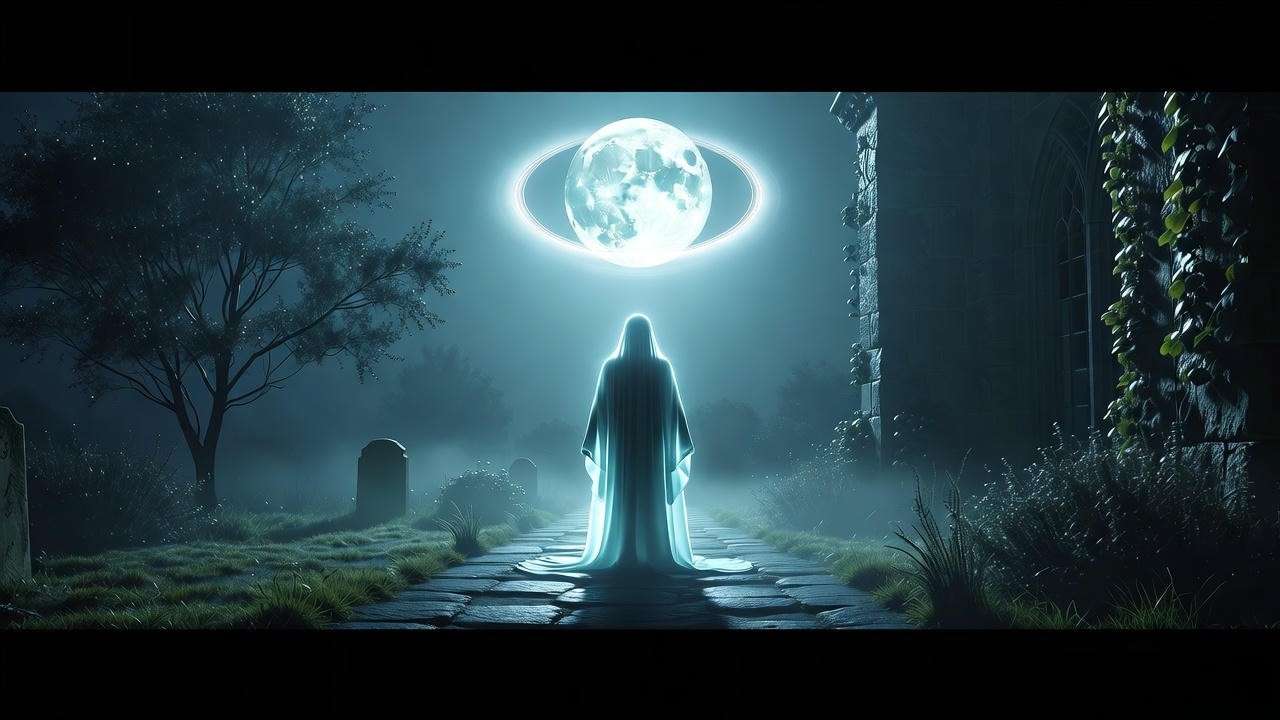
Nature vs. Corruption
The park also embodies a powerful contrast between nature’s purity and Elsinore’s moral decay. Hamlet’s famous metaphor, “an unweeded garden / That grows to seed” (Act 1, Scene 2), casts the world as a neglected paradise overrun by corruption. The park, as an idealized natural space, juxtaposes the deceit and ambition festering within the castle walls. This tension resonates throughout the play, as characters grapple with betrayal and mortality against the backdrop of a seemingly serene landscape. For readers, this contrast invites reflection on how external beauty can mask internal rot—a theme as relevant today as it was in Shakespeare’s time.
Symbolism in Performance
Modern productions of Hamlet often amplify the park’s symbolism through creative set design. In Kenneth Branagh’s 1996 film adaptation, the outdoor scenes are shot in a stark, wintry landscape, emphasizing desolation and unease. Similarly, the Royal Shakespeare Company’s 2016 production used fog and barren trees to evoke a haunted park, enhancing the play’s gothic tone. These choices highlight how directors leverage the setting to underscore themes of isolation and foreboding. For audiences, noticing these details transforms a passive viewing experience into an active exploration of Shakespeare’s craft.
Key Scenes Set in or Near Hamlet Park
The Ghost’s Appearances (Act 1, Scenes 1, 4, and 5)
The park-like grounds of Elsinore set the stage for the Ghost’s haunting presence, which drives the play’s central conflict. In Act 1, Scene 1, sentinels Bernardo and Marcellus encounter the Ghost on the castle ramparts, a space adjacent to the park. The stage direction “Enter Ghost” suggests a movement from the open grounds into the castle’s orbit, creating a sense of intrusion. By Scene 5, Hamlet’s confrontation with the Ghost in a secluded area—likely the park—reveals the murder of King Hamlet, setting the tragedy in motion. The park’s darkness and isolation intensify the scene’s emotional weight, making it a pivotal moment for both plot and atmosphere.
Hamlet’s Soliloquies and Reflections
The park also provides a backdrop for Hamlet’s introspective moments, particularly his iconic “To be or not to be” soliloquy (Act 3, Scene 1). While not explicitly set in the park, the soliloquy’s themes of existential questioning align with the park’s liminal quality. Directors often place such moments in outdoor settings to emphasize Hamlet’s connection to nature as he wrestles with life’s meaning. The park’s openness mirrors the vastness of his philosophical inquiries, inviting audiences to ponder universal questions alongside him. This connection makes the setting a powerful tool for character development.
The Graveyard Scene (Act 5, Scene 1)
The graveyard scene, while distinct from the park, shares its thematic resonance as a space of death and reflection. Located outside Elsinore’s walls, the graveyard extends the park’s symbolism of mortality. Hamlet’s meditation on Yorick’s skull, set against the natural backdrop of the earth, echoes the park’s earlier role as a site of existential confrontation. The shift from the park’s living greenery to the graveyard’s barren soil underscores the play’s progression toward inevitable tragedy. For readers and viewers, this parallel deepens the emotional impact of Hamlet’s journey.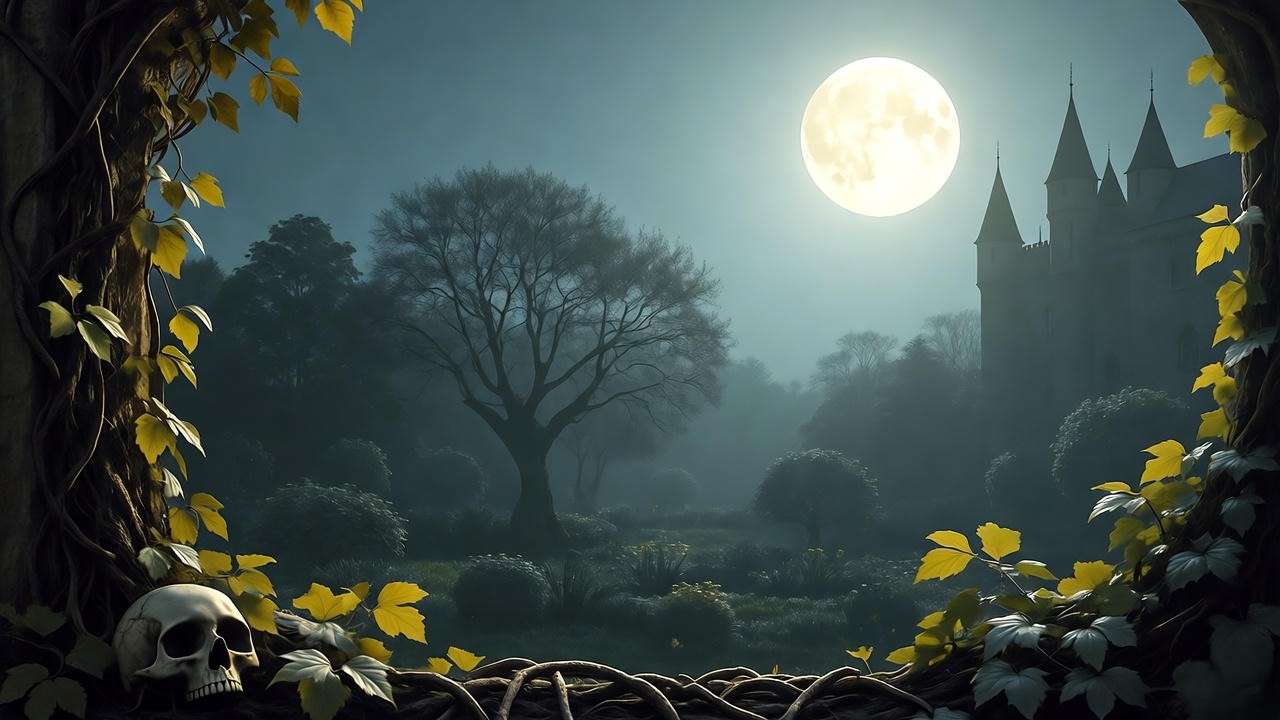
Why Hamlet Park Matters to Modern Readers and Audiences
Enhancing Literary Analysis
For students and scholars, analyzing Hamlet Park offers a fresh perspective on Hamlet’s complexity. By focusing on the setting, readers can uncover layers of meaning that enrich their understanding of the text. For example, annotating scenes for references to nature or isolation can reveal how Shakespeare uses space to mirror character psychology. To apply this, try highlighting lines in Act 1 that describe the night or the castle grounds, then connect them to Hamlet’s emotional state. Resources like the Folger Shakespeare Library’s annotated editions provide valuable context for such analysis, making the park a gateway to deeper literary insights.
Inspiration for Theater and Film
The park’s versatility inspires directors and designers to create immersive experiences. In David Tennant’s 2009 BBC Hamlet, the outdoor scenes use stark, windswept landscapes to evoke a sense of desolation, amplifying the play’s tension. For theatergoers, noticing how productions interpret the park—whether through minimalist sets or elaborate gardens—enhances appreciation of directorial choices. Aspiring directors can draw inspiration from these examples, using the park to explore themes like alienation or the supernatural in their own work.
Connecting to Universal Themes
The park’s themes of isolation, nature, and mortality resonate with modern audiences. In an era of increasing mental health awareness, Hamlet’s solitary reflections in the park mirror contemporary struggles with existential questions. Similarly, the park’s natural imagery invites parallels to environmental concerns, as the “unweeded garden” evokes a world out of balance. By connecting these themes to today’s issues, readers and viewers find Hamlet not only timeless but urgently relevant, making the park a bridge between Shakespeare’s world and ours.
How to Explore Hamlet Park in Your Own Study or Viewing
Reading with a Focus on Setting
To fully appreciate Hamlet Park’s role in Hamlet, approach the text with a keen eye for spatial references. Start by reading Act 1, Scenes 1, 4, and 5, where the Ghost appears, and note any mentions of the night, the ramparts, or the surrounding grounds. Use an annotated edition, such as the Arden Shakespeare or Folger Shakespeare Library’s versions, to uncover subtle clues in the stage directions. For example, the line “’Tis now struck twelve” (Act 1, Scene 1) sets a nocturnal scene that implies an open, eerie space like the park. As you read, ask: How does the setting shape the mood? How does it reflect Hamlet’s inner turmoil? Jotting down these observations in a notebook or digital tool like Evernote can help you track patterns and develop deeper insights. For further study, explore critical essays, such as those in Shakespeare Quarterly, which often discuss the interplay of place and psychology in the play.
Watching Performances with a Critical Eye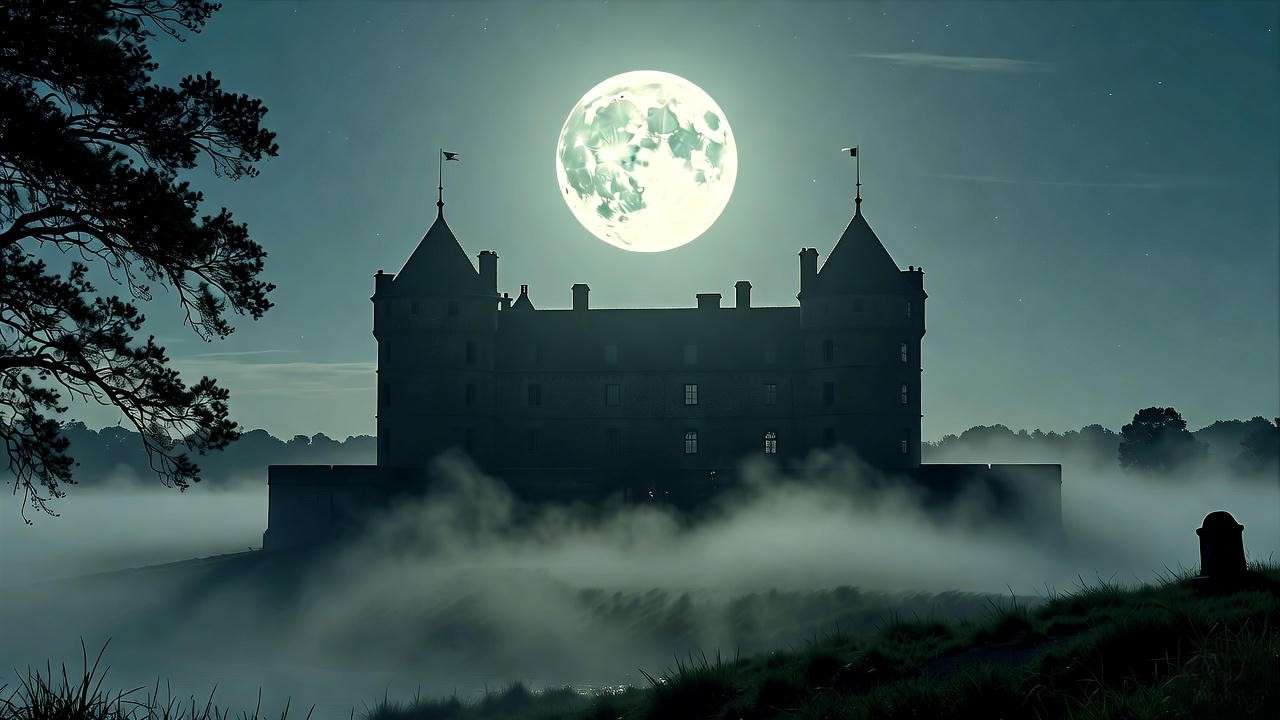
Watching Hamlet productions with a focus on the park setting can transform your experience. Pay attention to how directors visualize the outdoor scenes—do they use fog, sparse trees, or open fields to evoke the park? For example, Franco Zeffirelli’s 1990 film adaptation with Mel Gibson emphasizes the rugged, windswept grounds of Elsinore, creating a stark contrast to the castle’s opulence. To analyze these choices, use a simple checklist: Note the lighting, set design, and sound effects in outdoor scenes. Does the park feel oppressive or liberating? How does it influence the actors’ performances? Watching multiple adaptations, such as the 2009 BBC version with David Tennant or the 1996 Kenneth Branagh film, allows you to compare interpretations and appreciate the park’s versatility. Streaming platforms like Kanopy or the Globe Player offer access to high-quality productions for this purpose.
Engaging with Shakespeare Communities
Connecting with others who share your passion for Hamlet can deepen your understanding of the park’s significance. Join online forums like Reddit’s r/Shakespeare or the Shakespeare Network on Discord to discuss how different productions interpret the setting. Local theater groups or university literature clubs often host readings or discussions that explore Hamlet’s themes and settings. For example, the Shakespeare Birthplace Trust offers virtual events and resources that delve into Elizabethan stagecraft, including the use of outdoor settings. Sharing your insights—perhaps by posting a question like “How do you visualize Hamlet Park?”—can spark meaningful conversations. These communities provide a supportive space to refine your analysis and discover new perspectives, making your exploration of Hamlet more collaborative and rewarding.
Common Questions About Hamlet Park (FAQ Section)
Is “Hamlet Park” an Official Term in the Play?
No, “Hamlet Park” is not a term explicitly used in Shakespeare’s text. It’s an interpretive label for the outdoor spaces around Elsinore Castle, inferred from stage directions and dialogue about the ramparts and grounds. Scholars and directors use it to describe the setting where key scenes, like the Ghost’s appearances, unfold. Understanding this context helps readers and viewers focus on the symbolic weight of these spaces, even if Shakespeare didn’t name them directly.
How Do Different Productions Depict Hamlet Park?
Productions vary widely in depicting Hamlet Park. In Kenneth Branagh’s 1996 film, the park is a snowy, expansive landscape that emphasizes isolation. In contrast, the 2009 BBC adaptation uses tight, shadowy shots to create a claustrophobic feel, despite the outdoor setting. Stage productions, like the Royal Shakespeare Company’s 2016 Hamlet, often rely on minimalist sets with fog and lighting to evoke the park’s eerie atmosphere. These choices reflect directorial intent, showing how the park can amplify different themes, from supernatural dread to existential loneliness.
Why Does the Park Matter to Hamlet’s Character Development?
The park’s isolation and natural imagery mirror Hamlet’s psychological journey. In the Ghost scenes, the park’s darkness parallels his uncertainty and fear. Later, its open spaces contrast with the castle’s corruption, reflecting his longing for truth. By providing a space for reflection, the park underscores Hamlet’s internal conflict, making it a crucial element in his development from indecision to action.
How Can I Use This Knowledge in My Studies or Teaching?
For students, incorporate the park into essays by analyzing how it shapes mood or themes. For example, argue that the park symbolizes Hamlet’s liminal state between action and inaction. For teachers, use the park as a discussion starter: Ask students to sketch their vision of the setting or compare it across adaptations. Resources like the Folger Shakespeare Library’s teaching modules can guide lesson plans, ensuring the park becomes a focal point for engaging analysis.
Expert Insights and Further Reading
Scholarly Perspectives on Hamlet’s Setting
Leading Shakespeare scholars emphasize the importance of setting in Hamlet. Stephen Greenblatt, in Will in the World (2004), argues that Elizabethan settings like the park were “deliberate mirrors of the characters’ inner worlds.” Similarly, Emma Smith’s This Is Shakespeare highlights how outdoor spaces in Hamlet create a sense of “dislocation” that drives the narrative. These perspectives underscore the park’s role as more than a backdrop—it’s a dynamic element that shapes the play’s emotional and thematic depth. By engaging with these ideas, readers gain a nuanced understanding of Shakespeare’s craft.
Recommended Resources
To dive deeper, explore these authoritative sources:
- Books: Hamlet (Arden Shakespeare, Third Series) for detailed annotations; Shakespeare and the Geography of Difference by John Gillies for insights on settings.
- Articles: Search JSTOR for essays like “The Ecology of Hamlet” by Gabriel Egan, which explores the play’s natural imagery.
- Websites: The Folger Shakespeare Library (folger.edu) and Shakespeare Birthplace Trust (shakespeare.org.uk) offer free resources, including scene analyses and historical context.
For hands-on learning, visit Kronborg Castle in Denmark, where guided tours connect Hamlet to its real-world inspiration.
Interactive Learning Opportunities
Enroll in online courses like “Shakespeare Matters” on edX or “Shakespeare’s Hamlet” on FutureLearn to explore the play’s settings interactively. Apps like Shakespeare Pro provide searchable texts and glossaries, making it easy to analyze the park’s references. Local workshops, such as those offered by regional theaters, often include scene studies that highlight setting. These opportunities make learning about Hamlet Park engaging and accessible, whether you’re a student, educator, or enthusiast.
Hamlet Park is far more than a scenic backdrop—it’s a symbolic heart of Shakespeare’s Hamlet, weaving together themes of mortality, isolation, and moral decay. By exploring its physical and metaphorical roles, readers and viewers unlock a deeper appreciation of the play’s genius. Whether you’re annotating the text, watching a production, or discussing with fellow enthusiasts, the park offers a lens to see Hamlet anew. Revisit the play, stream an adaptation, or join a Shakespeare community to share your insights. What’s your vision of Hamlet Park? Comment below or tweet with #HamletPark to join the conversation!

